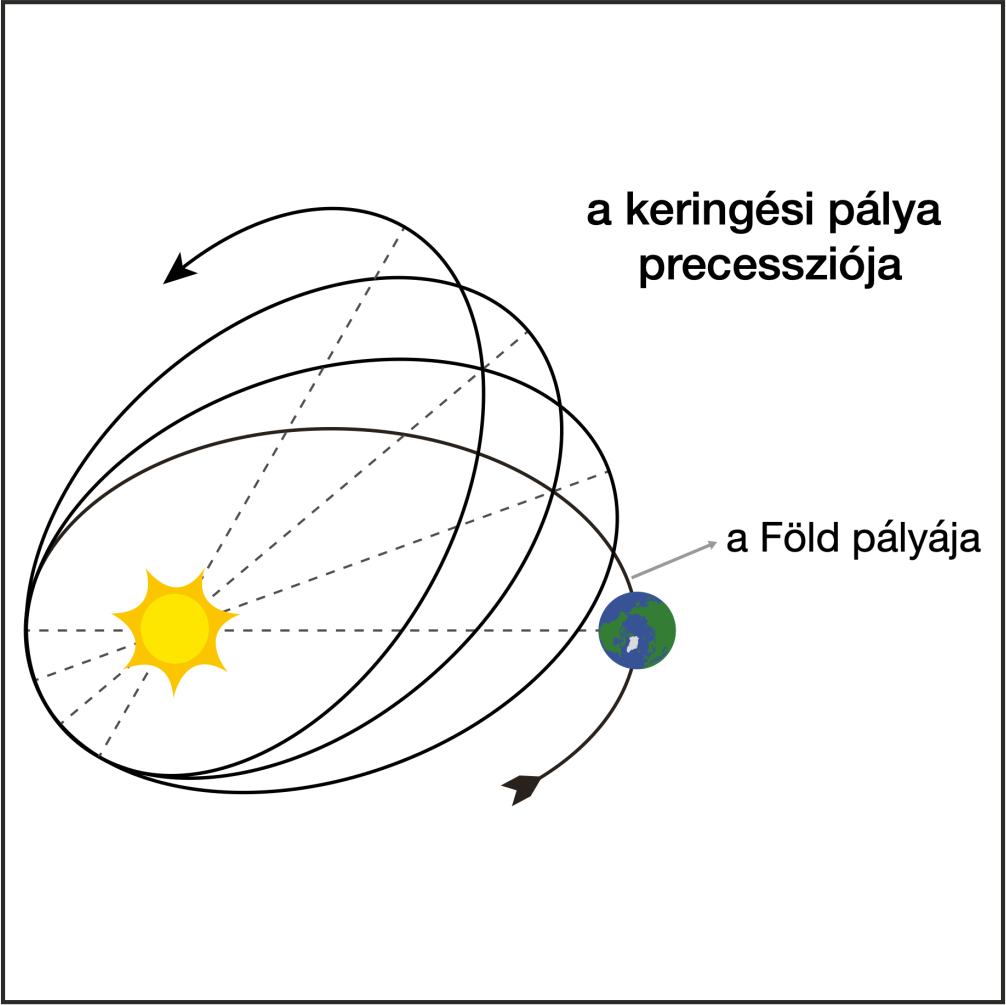Modern methods of cyclostratigraphy and astrochronology and their applications
Abstract
To measure time is fundamental in geology for the temporal context of various Earth processes, whereas reconstruction of past climate changes is of outstanding relevance today. One hundred years ago in 1920, MILUTIN MILANKOVITCH laid down the mathematical foundations of the theory of astronomically forced changes in insolation of Earth’s surface. Cyclostratigraphy, the science of reading the stratigraphic record of Milankovitch cycles, i.e. climate cycles driven by periodic changes in orbital parameters, both provides a means to measure geological time (astrochronology) and to reconstruct paleoclimate. Although the scientific literature of this field has experienced exponential growth recently, the application of its modern methods has remained limited in Hungary. The aim of this review is, therefore, to encourage and facilitate that the Hungarian stratigraphic community embrace cyclostratigraphic methods. We review the basic characteristics of precession, obliquity, and eccentricity cycles and their climatic effects. We list the lithological, paleontological, physical, and geochemical proxies that can be utilized as time series for cyclostratigraphic studies. We present the steps of data pre-processing, spectral analysis, cycle identification and interpretation, together with modes of visualization and construction of age models. Among the available software solutions, the free Acycle is recommended as a versatile and user-friendly choice. We review the history of cyclostratigraphic studies in Hungary, with attention to the earlier methods applied. A summary of selected international case studies seeks to provide examples of works with a focus on astrochronology in order to improve the calibration of the time scale, studies of cyclic deposits that reflect different sedimentary environments, and milestone papers that demonstrate the close ties with palaeoclimatology. Hopefully, increasing use of cyclostratigraphic methods in Hungary will lead to significant advances in stratigraphy, sedimentology and paleoclimate research.
















